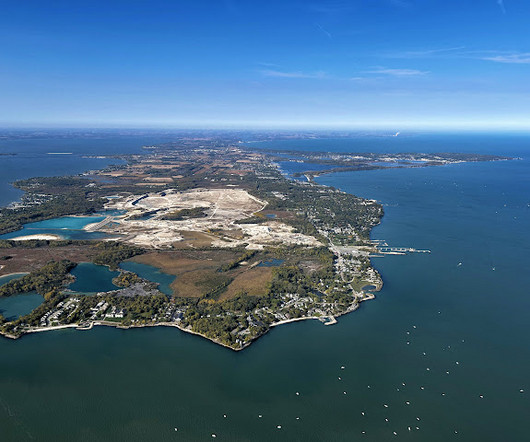Mastering Short Field Landings (A Step-by-Step Guide)
Pilot Institute
MAY 4, 2024
This can greatly impact landing performance and obstacle clearance. Full flaps are generally used since they lower approach speed and increase drag. The drag allows for a steeper descent, which is particularly helpful when avoiding obstacles. Will you need a crosswind correction? Full flaps, 1.3 V SO (or POH airspeed).












Let's personalize your content